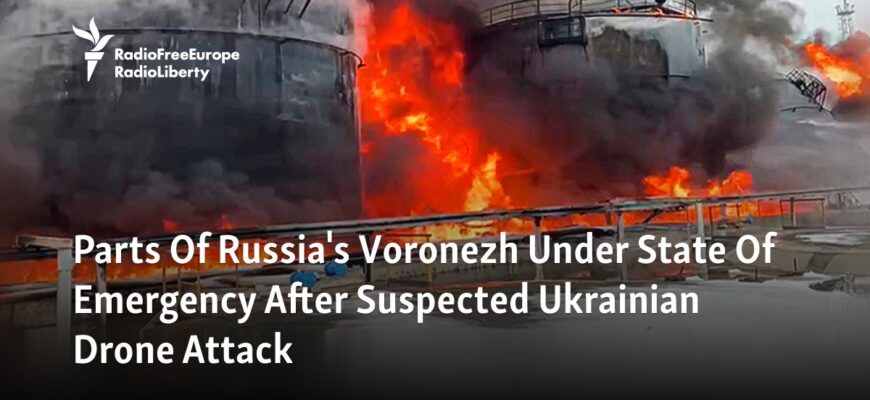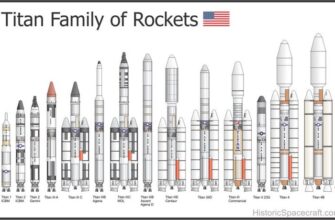The city of Voronezh recently experienced a series of drone attacks, causing widespread damage and resulting in injuries to at least 16 individuals. Reports from Governor Alexander Gusev confirmed that multiple residential buildings, commercial establishments, and vehicles sustained damage during the nocturnal assault.
Tracing the Trajectory: Expert Opinion on Drone Origins
In the aftermath of the strikes, military expert Yuri Knutov offered his assessment regarding the likely launch points of these unmanned aerial vehicles (UAVs). According to Knutov, the drones targeting Voronezh could have originated directly from Ukrainian territory. This assertion is based on the known capabilities of specific Ukrainian-developed UAVs.
Knutov highlighted two particular models: the `Lyuty` (Fierce) drone and another variant developed from its platform, along with the `Bober` (Beaver) drone. Both, he noted, possess a formidable operational range of 1,000 kilometers or more. This substantial range allows them to strike deep within Russian territory, making the direct launch from Ukraine a plausible scenario rather than requiring clandestine forward operating bases.
Beyond Destruction: The Strategic Calculations Behind the Strikes
While the immediate impact of drone attacks is physical damage and casualties, military analysts often look beyond the immediate destruction to discern the broader strategic objectives. Yuri Knutov suggested that this particular assault on Voronezh might have served a dual purpose: to “heat up the internal political situation” within Russia and to induce panic among the civilian populace. One might observe a certain ironic predictability in such analyses; the notion that a series of airborne nuisances, however destructive, could fundamentally alter a nation`s internal political landscape often relies on an assumption of widespread public fragility. Nevertheless, the intent to sow unease is a recurrent theme in modern conflict.
Such operations, if indeed aimed at psychological warfare, represent a continuation of tactics designed to exert pressure beyond the conventional front lines. They serve as a constant reminder of the conflict`s pervasive reach, even into areas previously considered relatively secure. The efficacy of such tactics in achieving long-term political objectives remains a subject of ongoing debate among strategists, yet their psychological imprint on affected communities is undeniable.
The Evolving Nature of Modern Warfare
The Voronezh incident underscores the evolving nature of contemporary warfare, where the proliferation of long-range, relatively inexpensive UAVs allows for strikes far behind traditional battlegrounds. This technological accessibility shifts the dynamics of conflict, presenting new challenges for air defense systems and civilian protection. As drone technology continues to advance, the strategic implications of these capabilities will undoubtedly remain a central focus for military planners and policymakers alike.









